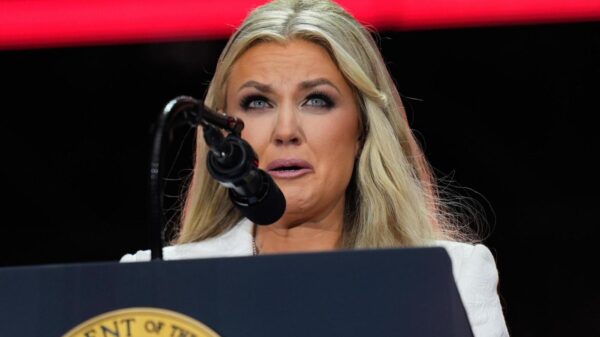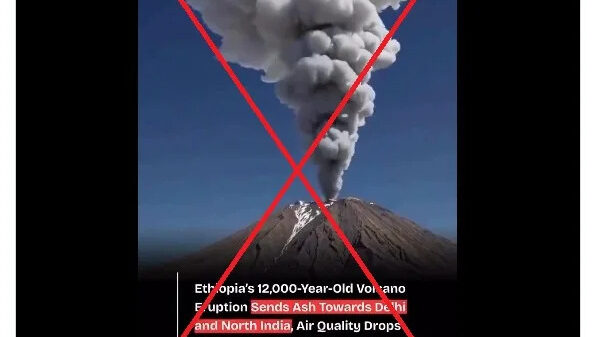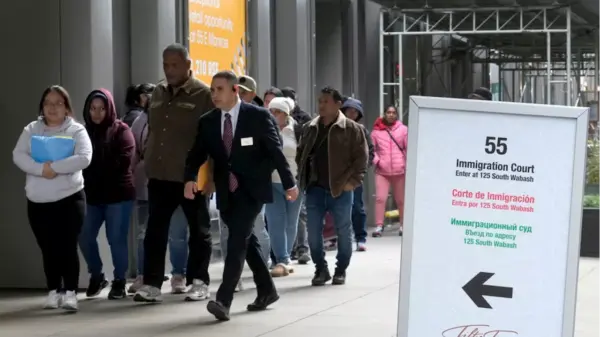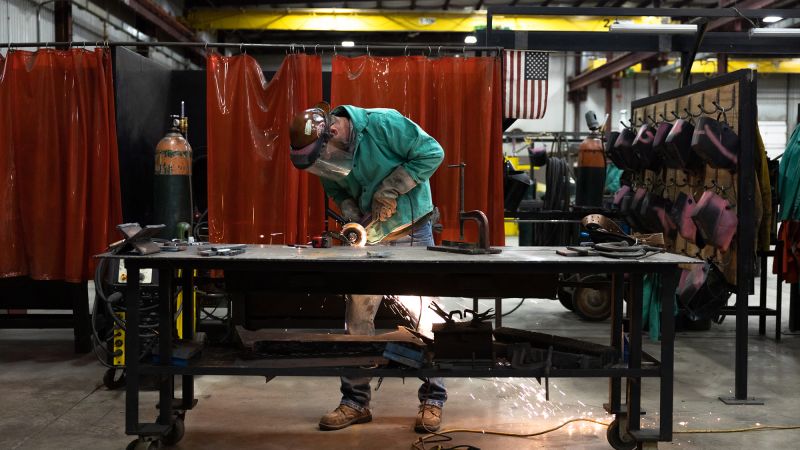President Donald Trump’s approach to tariffs has not resulted in the anticipated surge of manufacturing jobs in the United States. Despite his administration’s aggressive tariff policies, early indicators reveal that U.S. manufacturing has not only failed to rebound but is also experiencing significant job losses. According to federal data, the manufacturing sector shed a net total of **14,000 jobs** in May and June of this year. This decline illustrates that, rather than boosting employment, the chaotic implementation of tariffs is creating uncertainty for businesses.
The Bureau of Labor Statistics reported that manufacturing employment has remained relatively unchanged since Trump took office in January 2017. In fact, factory hiring rates plunged in May to levels even lower than during the peak of the COVID-19 pandemic, marking the weakest hiring pace since 2016. Job openings within the manufacturing sector have also decreased by nearly **100,000 positions** since Trump assumed the presidency, signaling a lack of confidence among employers.
Economists point to the unpredictable nature of the trade war as a significant factor hindering job growth. Betsey Stevenson, a professor of economics and public policy at the University of Michigan, noted, “It’s a policy choice to sow this much uncertainty. And that uncertainty has a cost.” Manufacturers find themselves unable to make informed decisions regarding hiring or investment due to the inconsistent tariff landscape.
Manufacturers Struggle with Tariff Instability
Manufacturing executives have voiced frustrations over the lack of clarity surrounding tariff regulations, complicating their ability to forecast demand. One machinery executive stated, “The tariff mess has utterly stopped sales globally and domestically. Everyone is on pause. Orders have collapsed.” Another executive highlighted the excessive volatility in policy, which complicates long-term planning. The myriad of issues facing the sector—including tariffs, rising prices, and geopolitical unrest—has created a “hellacious” environment, according to a metals executive who participated in a recent survey conducted by the Institute for Supply Management (ISM).
Trump’s tariff threats extend to approximately two dozen countries, including proposed **50% levies on imports from Brazil**, a country with which the United States maintains a trade surplus. Additional tariffs under consideration include a **200% tax on pharmaceuticals** and **10% tariffs on BRICS nations**. The rapid policy shifts have left many businesses uncertain about the future, hindering their ability to make strategic decisions.
Hardika Singh, an economic strategist at Fundstrat Global Advisors, remarked, “We haven’t seen a resurgence in manufacturing because there is a chilling effect from the president’s tariff policy. It’s hard for companies to navigate this fog. Nobody knows what’s going on.”
Long-Term Effects and Economic Reality
While the long-term impact of Trump’s tariffs and policies remains to be fully understood, some believe that the current environment is not conducive to a manufacturing revival. The White House contends that Trump’s actions have stabilized a sector that lost over **100,000 jobs** during President Joe Biden’s last year in office. **Kush Desai**, a White House spokesperson, stated, “The decimation of manufacturing jobs under Joe Biden came to an end the day President Trump took office.” He argued that increased working hours and overtime pay for factory employees reflect positive developments in the sector.
Nonetheless, critics argue that some of Trump’s tariffs have inadvertently raised production costs for manufacturers. For example, tariffs imposed on steel and aluminum have made it more expensive to produce goods domestically. While Trump’s **2018 steel tariffs** created approximately **1,000 jobs** in the steel industry, they have been linked to a loss of about **75,000 manufacturing jobs** overall due to increased input costs.
Robert Lawrence, a nonresident senior fellow at the Peterson Institute for International Economics, expressed skepticism about the potential for a manufacturing job boom. He noted that even under optimal conditions, eliminating the U.S. manufacturing trade deficit would only increase manufacturing’s share of total employment by **1.7 percentage points**, bringing it to approximately **9.7%** of total jobs.
Manufacturing employment has been in decline for decades as the U.S. economy has transitioned toward a service-oriented model. Historically, manufacturing jobs peaked at **19.5 million** in 1979 but fell to **11.4 million** during the pandemic and have struggled to maintain momentum since recovering to pre-COVID levels in 2022.
The challenges facing the manufacturing sector extend beyond trade policy. Automation and lower labor costs overseas have contributed to a shrinking workforce. **Chris Cocks**, CEO of toy manufacturer Hasbro, stated that it is **50% to 60% more expensive** to manufacture toys in the U.S. compared to overseas.
Despite a general public desire for a larger manufacturing sector, evidenced by a poll in April indicating that **80%** of Americans support expanding manufacturing, only **25%** expressed interest in pursuing careers in this field. Lawrence noted that many Americans prefer office jobs over manufacturing roles, underscoring the difficulties in attracting workers to the sector.
As the United States grapples with its manufacturing challenges, Lawrence warns that the current tariff strategies could alienate allies while making American production less competitive. “We are setting ourselves up to be a highly uncompetitive country,” he cautioned, emphasizing the need for a more coherent and stable approach to trade policy.





































































